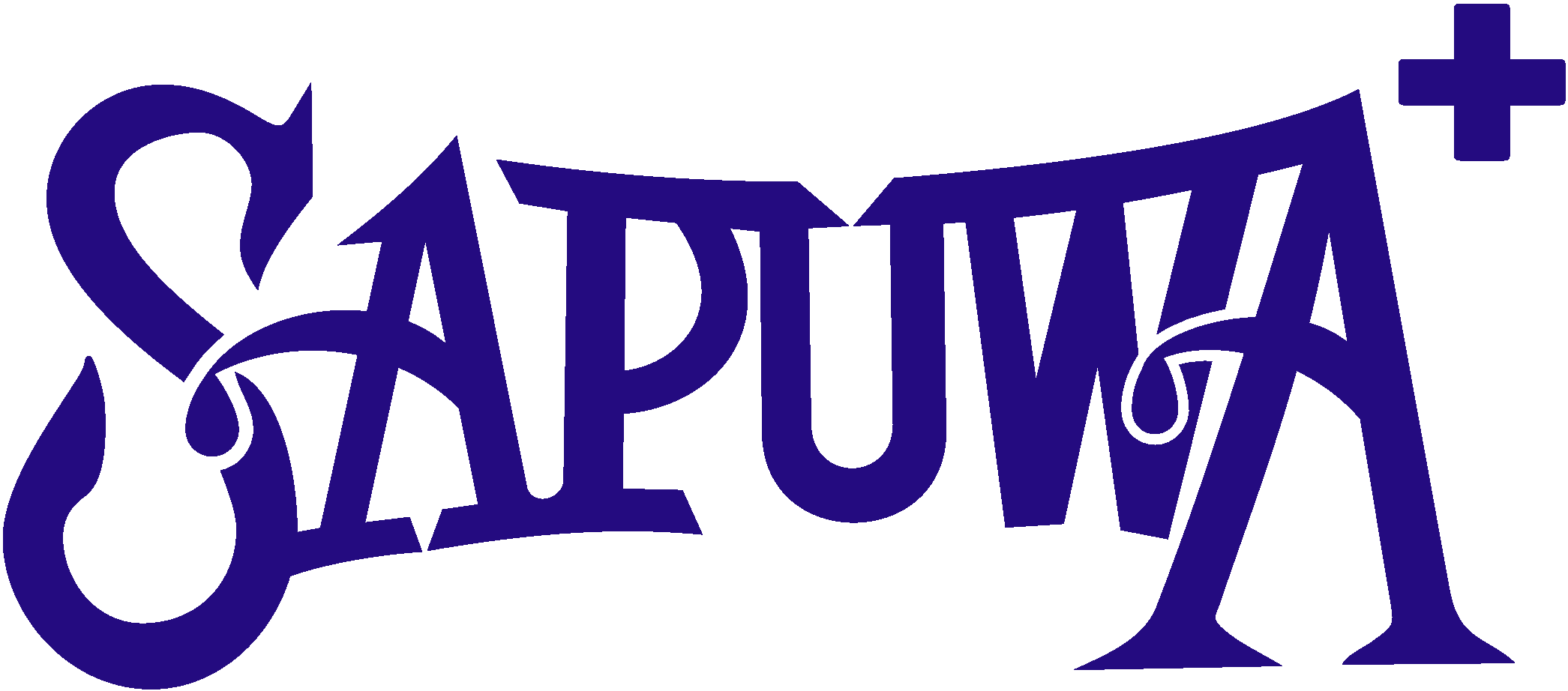Water
Fresh water sustains human life and is vital for human health. There is enough fresh water for everyone on Earth. However, due to bad economics or poor infrastructure, millions of people (most of them children) die from diseases associated with inadequate water supply, sanitation and hygiene. Water scarcity affects more than 40 per cent of the global population and is projected to rise. It is estimated that 783 million people do not have access to clean water and over 1.7 billion people are currently living in river basins where water use exceeds recharge.
Access to safe drinking water and adequate sanitation services is vital to human health, but also has other important benefits ranging from the easily identifiable and quantifiable (costs avoided, time saved) to the more intangible (convenience, well-being, dignity, privacy and safety).
The UN and Water
The United Nations has long been addressing the global crisis caused by insufficient water supply to satisfy basic human needs and growing demands on the world’s water resources to meet human, commercial and agricultural needs.
The United Nations Water Conference (1977), the International Drinking Water Supply and Sanitation Decade (1981-1990), the International Conference on Water and the Environment (1992) and the Earth Summit (1992) — all focused on this vital resource. The Decade, in particular, helped some 1.3 billion people in developing countries gain access to safe drinking water.
Celebrating water resources
 To help raise public awareness on the importance of water for life, the General Assembly declared 2003 International Year of Freshwater. Also in 2003, the Chief Executives Board (CEB), the coordinating body for the entire UN system, established UN Water — a UN inter-agency coordination mechanism for all freshwater and sanitation related issues. To further strengthen global action to meet the water-related MDG targets, the General Assembly proclaimed the 2005-2015 International Decade for Action, “Water for Life”. The Decade began on 22 March 2005, which is observed annually as World Water Day.
To help raise public awareness on the importance of water for life, the General Assembly declared 2003 International Year of Freshwater. Also in 2003, the Chief Executives Board (CEB), the coordinating body for the entire UN system, established UN Water — a UN inter-agency coordination mechanism for all freshwater and sanitation related issues. To further strengthen global action to meet the water-related MDG targets, the General Assembly proclaimed the 2005-2015 International Decade for Action, “Water for Life”. The Decade began on 22 March 2005, which is observed annually as World Water Day.
The right to water
One of the most important recent milestones has been the recognition in July 2010 by the United Nations General Assembly of the human right to water and sanitation. The Assembly recognized the right of every human being to have access to sufficient water for personal and domestic uses (between 50 and 100 litres of water per person per day), which must be safe, acceptable and affordable (water costs should not exceed 3 per cent of household income), and physically accessible (the water source has to be within 1,000 metres of the home and collection time should not exceed 30 minutes).
MDG Goal met early
The crucial importance of water to so many aspects of human health, development and well-being led to the inclusion of a specific water-related target in the Millennium Development Goals (MDGs).
The target of reducing by 50 per cent the proportion of people without access to improved sources of water by 2015 was met five years ahead of schedule in 2010. These are the results, according to UNICEF:
· 91 per cent of the global population now uses an improved drinking water source
· 2.6 billion people have gained access to an improved drinking water source since 1990
· 96 per cent of the global urban population uses improved drinking water sources
· 84 per cent of the rural population uses improved drinking water sources
· 8 of 10 people still without improved drinking water sources live in rural areas
· 42 per cent of the population of least developed countries gained access to improved drinking water sources since 1990
· In 2015, 663 million people still lack improved drinking water sources
The SDGs and Water
The UN is prioritizing access to water and sanitation as Goal 6 of its sustainable development goals. Goal 6 of the SDGs has clear linkages to health, food security and climate change, and resiliency to disasters and ecosystems (among many other issues).
Among the targets within goal 6 are improved water quality and water-use efficiency; the protection of water-related ecosystems such as mountains, forests, wetlands, rivers, aquifers and lakes; and the expansion of international cooperation and capacity-building support to developing countries in water- and sanitation-related activities and programmes, including water harvesting, desalination, water efficiency, wastewater treatment, recycling and reuse technologies
Water and Security
In 2011, the UN Security Council recognized climate change for its security implications, with water being the medium through which climate change will have the most effects.
In his remarks to the historic 2011 Security Council meeting, Secretary-General Ban Ki-moon said: "Around the world, hundreds of millions of people are in danger of going short of food and water, undermining the most essential foundations of local, national, and global stability. Competition between communities and countries for scarce resources – especially water – is increasing, exacerbating old security dilemmas and creating new ones."
According to a 2013 UN Water Analytical Brief - "Water Security and the Global Water Agenda", water is in itself a security risk; and acknowledging water insecurity could act as a preventative measure for regional conflicts and tensions. The report said water security could contribute to achieving increased regional peace and security in the long term.
Water, Sanitation and Hygiene
Contaminated water and a lack of basic sanitation are undermining efforts to end extreme poverty and disease in the world’s poorest countries.

Currently, there are 2.4 billion people worldwide, who do not use improved sanitation (a facility that safely separates human waste from human contact). According to the WHO/UNICEF Joint Monitoring Programme for Water Supply and Sanitation, at least 1.8 billion people world-wide are estimated to drink water that is faecally contaminated. An even greater number drink water, which is delivered through a system without adequate protection against sanitary hazards.
Key sanitation facts:
· 1 in 3 people don’t use improved sanitation
· 1 in 7 people practice open defecation.
· Since 1990, 2.6 billion people have gained access to improved sanitation.
· 5 countries, India, Indonesia, Nigeria, Ethiopia, Pakistan, account for 75% of open defecation.
Unclean water and child mortality
Unclean water and poor sanitation are a leading cause of child mortality. Childhood diarrhoea is closely associated with insufficient water supply, inadequate sanitation, water contaminated with communicable disease agents, and poor hygiene practices. Diarrhoea is estimated to cause 1.5 million child deaths per year, mostly among children under five living in developing countries.
Improved sanitation and economic benefits
The links between lack of water and sanitation access and the development goals are clear, and the solutions to the problem are known and cost-effective. Research shows that every US $1 invested in improved sanitation translates into an average return of US $9. Those benefits are experienced specifically by poor children and in the disadvantaged communities that need them most.
Source: un.org
Collect by: Huong Nguyen SAPUWA
Relative post
- The secret to staying hydrated when traveling for a complete trip
- What should women over 30 drink to have beautiful skin and a youthful figure?
- Where should you go on September 2 in Ho Chi Minh City - Top 10 extremely hot places today
- September 2nd, where should we travel to heal our souls?
- Explain what electrolyte disorders are and effective ways to prevent them
- Alkaline ionized cooking water does not reveal surprising benefits
- Electrolyzed water to treat atopic dermatitis takes advantage of natural power
- Ways to alkalize the body protect health and prevent disease
- 5 signs of excess acid in the body and effective ways to balance it
- The secret to drinking water properly after eating to protect your health
- Types of water you should and shouldn't drink at night for a good night's sleep
- The secret to making tea with alkaline ionized water is especially delicious








 0
0


